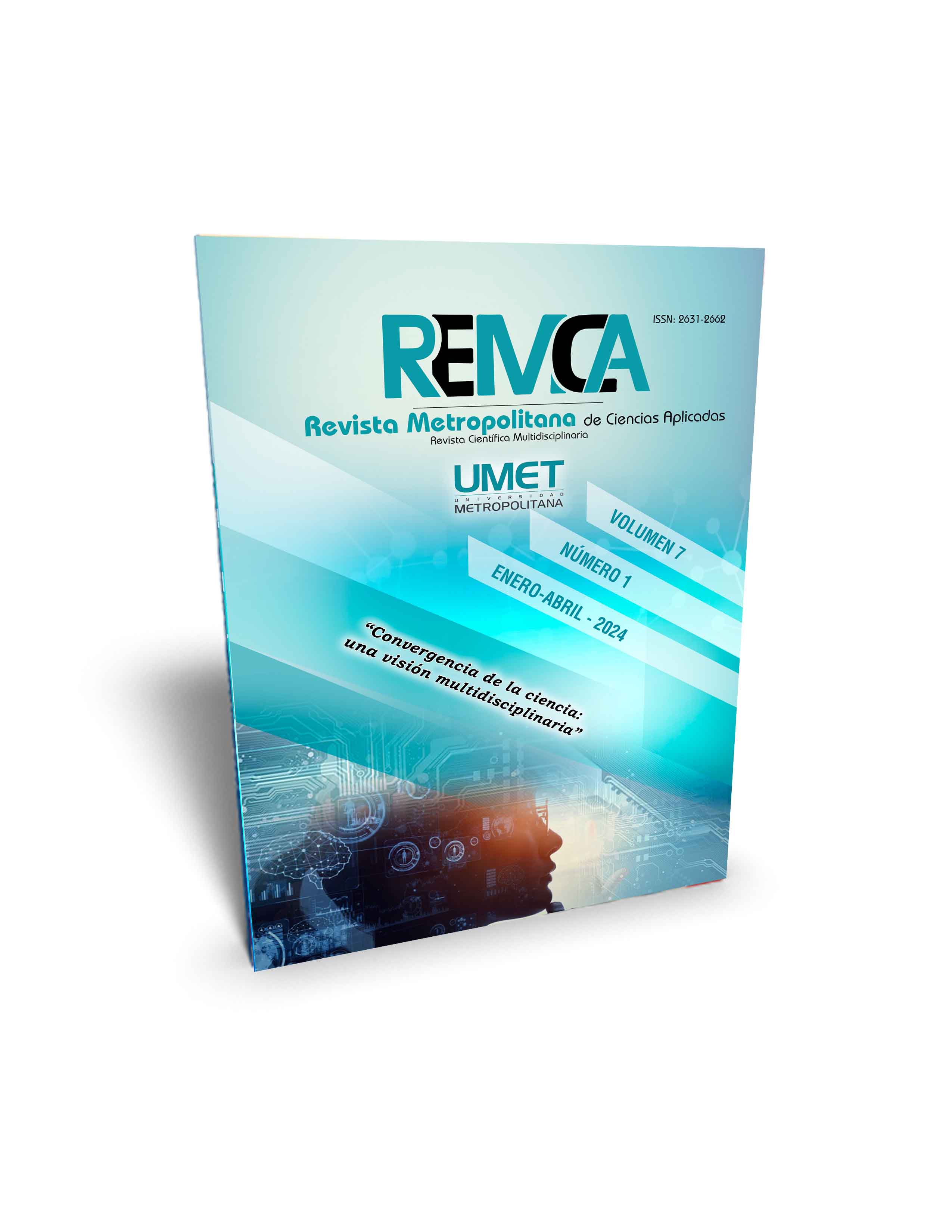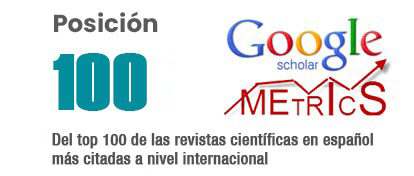Evaluation of the yield of corn cultivation (Zea mays l.) Under plastic Mulch conditions, Ecuador
DOI:
https://doi.org/10.62452/3xmmyf38Keywords:
Corn, mulching, morphological variables, innovationAbstract
Grasses are important in the Ecuadorian agricultural sector, as a staple food for the population and an important source of income. This article explored profitable technologies to increase efficiency in agronomic management. Therefore, the objective of this research was to evaluate the yield of maize (Zea mays L.) under plastic mulch conditions, on morphological variables. A completely randomized block design (CRBD) was implemented, with four treatments: control (T0), black (T1), blue (T2) and green (T3) and three replications. The results revealed that the development variables showed significant differences: in plant height, T2 and T3 increased between 8.5 and 9.5 cm with respect to the control, while T2 increased 0.182 cm in stem diameter, which represents 4.53%, favoring the use of mulch. In addition, T3 was associated with a high index of chlorophyll color intensity and an increase in fresh and dry root biomass. On the other hand, when analyzing the production variables, it was found that T1 was associated with greater ear length and diameter, while T3 produced an increase in ear weight.
Downloads
References
Amare, G., & Desta, B. (2021). Coloured plastic mulches: impact on soil properties and crop productivity. Chemical and Biological Technologies in Agriculture, 8(1).
Chiriboga, H., Gómez, G., & Garcés, K. (2017). Trichoderma spp. para el control biológico de enfermedades: Trichoderma spp. para el control biológico de enfermedades. Instituto Interamericano de Cooperación para la Agricultura.
Díaz-Pérez, J. C. (2009). Root zone temperature, plant growth and yield of broccoli [Brassica oleracea (Plenck) var. italica] as affected by plastic film mulches. Scientia Horticulturae, 123(2).
Gobierno Autónomo Descentralizado de Machala. (2015). Plan de Desarrollo y Ordenamiento Territorial del Cantón Machala. https://www.machala.gob.ec/SIL/2021/ter/plate/PDOT_CANT%C3%93N%20MACHALA%202019.pdf
Hernández Nopsa, J. F. (2019). Situación del cultivo de maíz en Ecuador: investigación y desarrollo de tecnologías en el INIAP. https://repositorio.iniap.gob.ec/bitstream/41000/5598/1/iniapeepia2019maiz.pdf
Hernández, R., & Kubota, C. (2016). Physiological responses of cucumber seedlings under different blue and red photon flux ratios using LEDs. Environmental and Experimental Botany, 121, 66–74.
Inzunza, M., Villa, M., Catalán, E., & Román, A. (2010). Extracción de nutrientes y producción de chile Jalapeño bajo acolchado plástico y niveles de riego. Terra Latinoameriacana, 28(3).
Inzunza-Ibarra, M. A., Catalán-Valencia, E. A., Villa-Castorena, M., López-López, R., & Sifuentes-Ibarra, E. (2017). Respuesta del tomate a tipos de acolchado plástico y niveles de riego con cinta. Revista Fitotecnia Mexicana, 40(1). https://doi.org/10.35196/rfm.2017.1.9-16
Martínez Saldaña, J., Macías Rodríguez, H., Mendoza Moreno, S. F., & Medina Cázares, T. (2004). Producción de hortalizas con el uso de plásticos como acolchado. CENID-RASPA y NIFAP. http://cenid-raspa.inifap.gob.mx/demo/modulo/Folletos%20tecnicos/2004/4_Producci%C3%B3n%20de%20Hortalizas%20con%20el%20Uso%20de%20Pl%C3%A1sticos%20como%20Acolchado.pdf
Mendoza, C., & Gaitán, J. (2013). Caracterización y evaluación preliminar de 33 accesiones de maíz (Zea mays L.) colectadas en Nicaragua, Tisma, Masaya, Postrera 2011. (Tesis de Ingeniería). Universidad Nacional Agraria Facultad de Agronomía.
Montemayor Trejo, J. A., Suárez González, E., Munguía López, J. P., Segura Castruita, M. Á., Mendoza Villarreal, R., & Woo Reza, J. L. (2018). Acolchados plásticos para la producción de maíz (Zea mays L.) forrajero en la Comarca Lagunera. Revista Mexicana de Ciencias Agrícolas, 20, 4107-4115.
Organización de las Naciones Unidas para la Alimentación y la Agricultura. (2020). Cultivos y productos de ganadería. FAOSTAT. Https://Www.Fao.Org/Faostat/Es/#data/QCL/Visualize
Suárez, J. (2019). Efectos del color del acolchado sobre el desarrollo y producción en tres variedades de frijol (Phaseolus vulgaris L.). (Tesis de maestría). Universidad de Guadalajara.
Zambrano, J. L., Cartagena, Y. E., Sangoquiza, C. A., López, V. A., Parra, R., Maiguashca, J. A., Rivadeneria, J. L., & Park, C. H. (2022). Evaluación del acolchado plástico en la producción de maíz harinoso (Zea mays L. var. amylacea St.) en la Sierra del Ecuador. (Ponencia). XXIV Reunión Latinoamericana de Maíz. Lima, Perú.
Zribi, W., Faci González, J. M., & Aragüés Lafarga, R. (2011). Efectos del acolchado sobre la humedad, temperatura, estructura y salinidad de suelos agrícolas. Centro de Investigación y Tecnología Agroalimentaria de Aragón.
Downloads
Published
Issue
Section
License
Copyright (c) 2024 Gabriela Taday-Valdez, Karla Cajamarca-Crespo, Paola Gálvez-Palomeque, Ángel Luna-Romero (Autor/a)

This work is licensed under a Creative Commons Attribution-NonCommercial-ShareAlike 4.0 International License.
Authors who publish in Revista Metropolitana de Ciencias Aplicadas (REMCA), agree to the following terms:
1. Copyright
Authors retain unrestricted copyright to their work. Authors grant the journal the right of first publication. To this end, they assign the journal non-exclusive exploitation rights (reproduction, distribution, public communication, and transformation). Authors may enter into additional agreements for the non-exclusive distribution of the version of the work published in the journal, provided that acknowledgment of its initial publication in this journal is given.
© The authors.
2. License
The articles are published in the journal under the Creative Commons Attribution-NonCommercial-ShareAlike 4.0 International License (CC BY-NC-SA 4.0). The terms can be found at: https://creativecommons.org/licenses/by-nc-sa/4.0/deed.en
This license allows:
- Sharing: Copying and redistributing the material in any medium or format.
- Adapting: Remixing, transforming, and building upon the material.
Under the following terms:
- Attribution: You must give appropriate credit, provide a link to the license, and indicate if any changes were made. You may do this in any reasonable manner, but not in any way that suggests the licensor endorses or sponsors your use.
- NonCommercial: You may not use the material for commercial purposes.
- ShareAlike: If you remix, transform, or build upon the material, you must distribute your creation under the same license as the original work.
There are no additional restrictions. You may not apply legal terms or technological measures that legally restrict others from doing anything the license permits.




